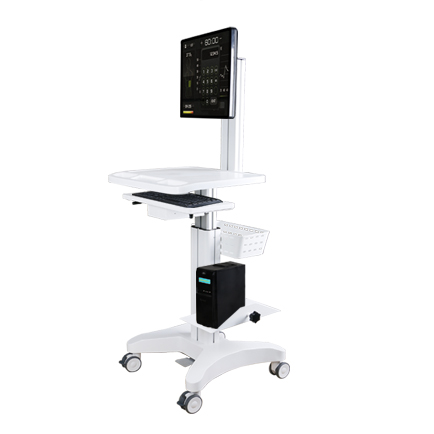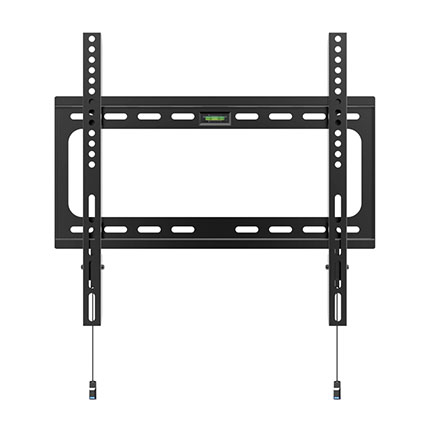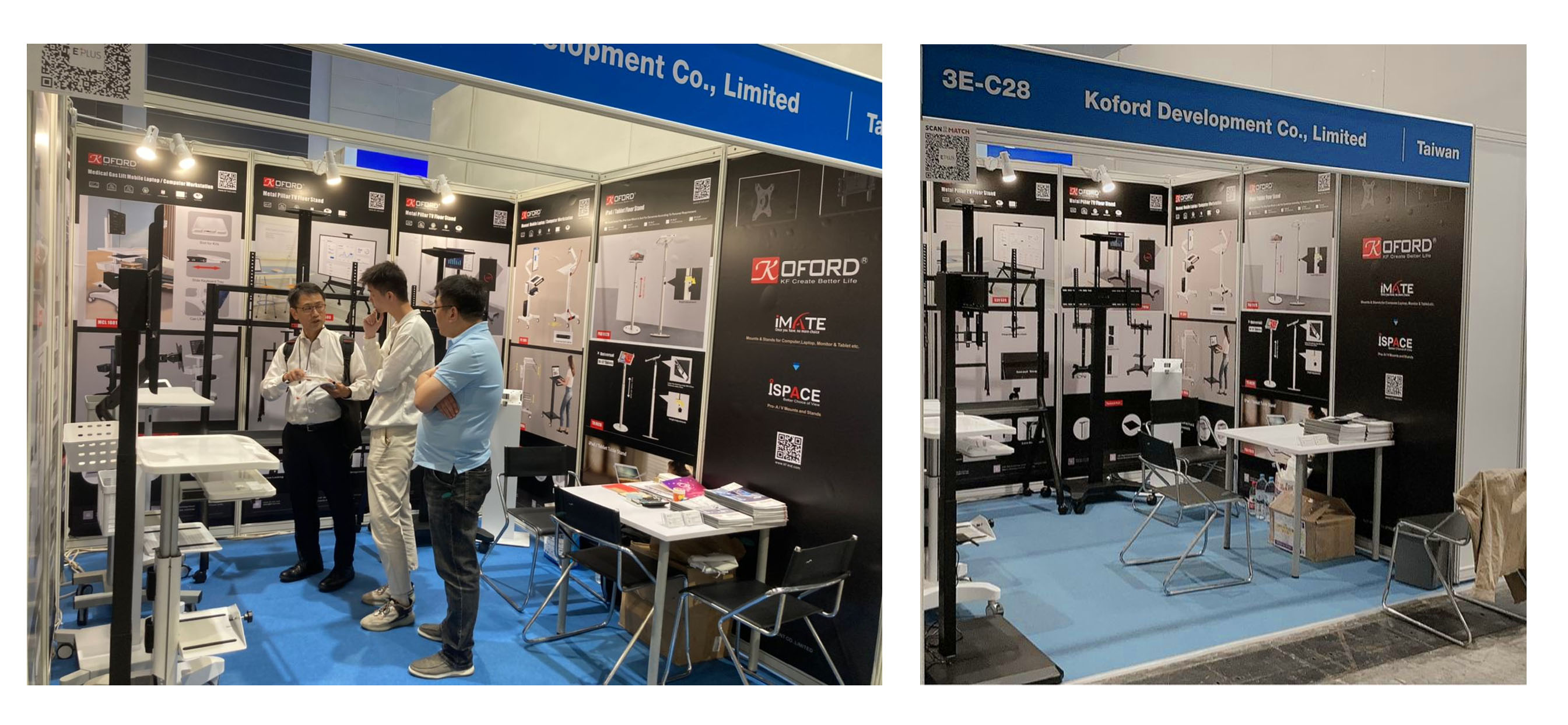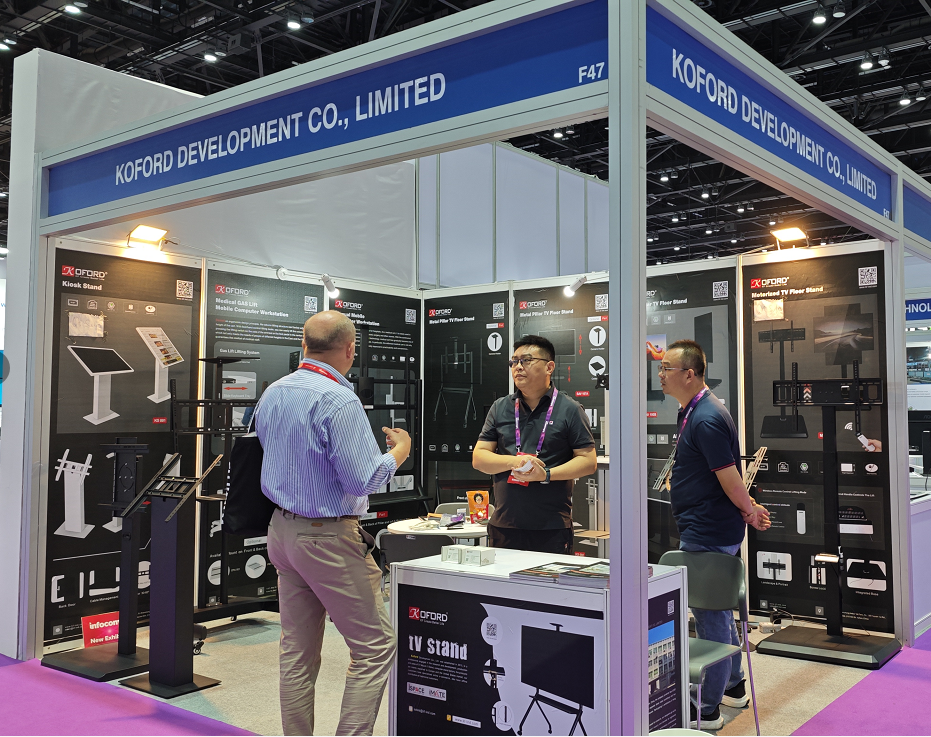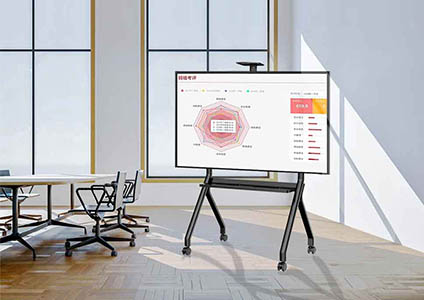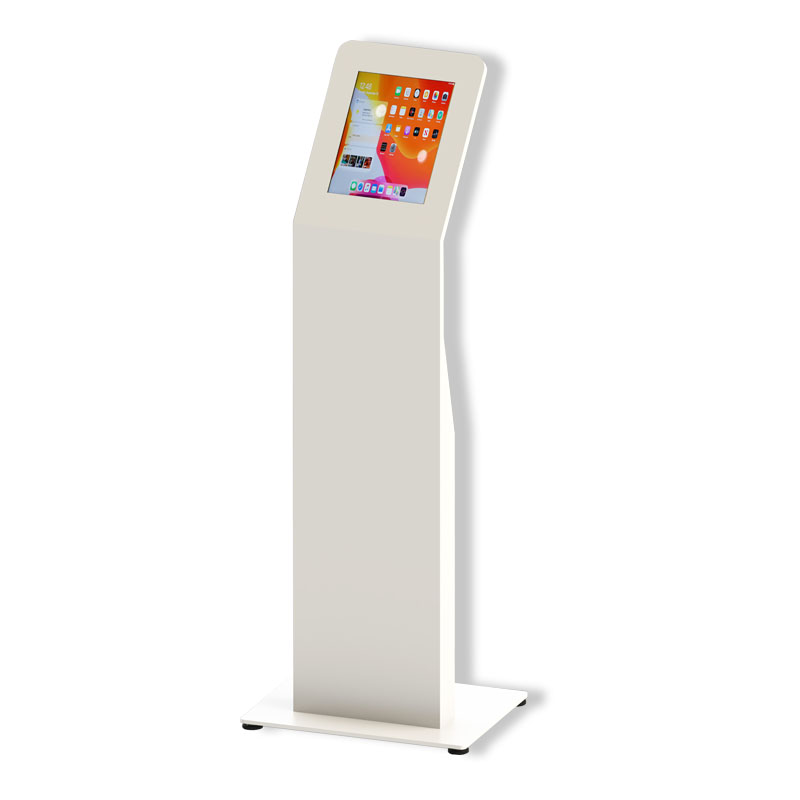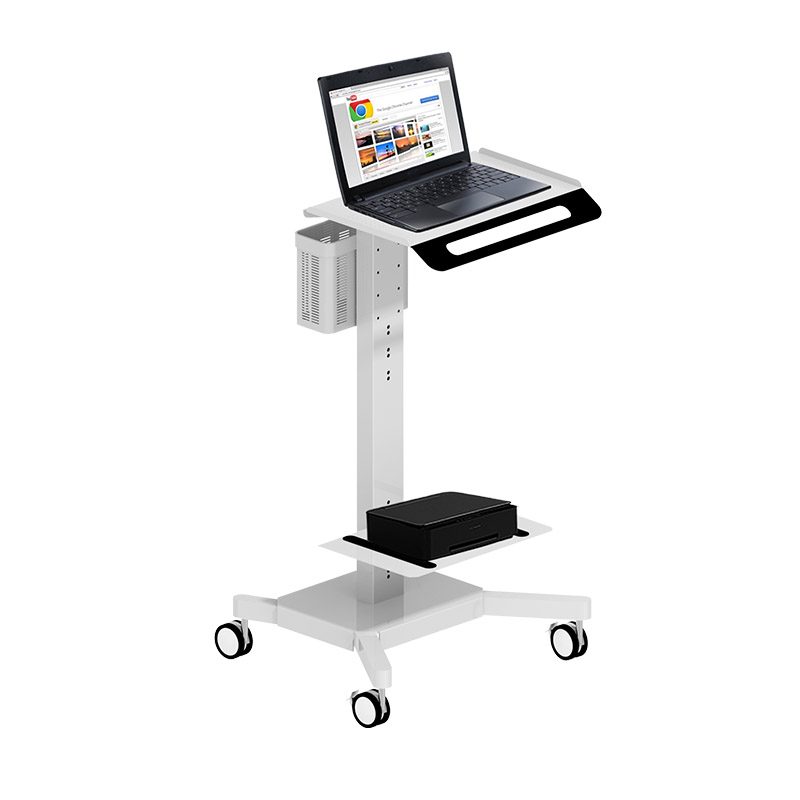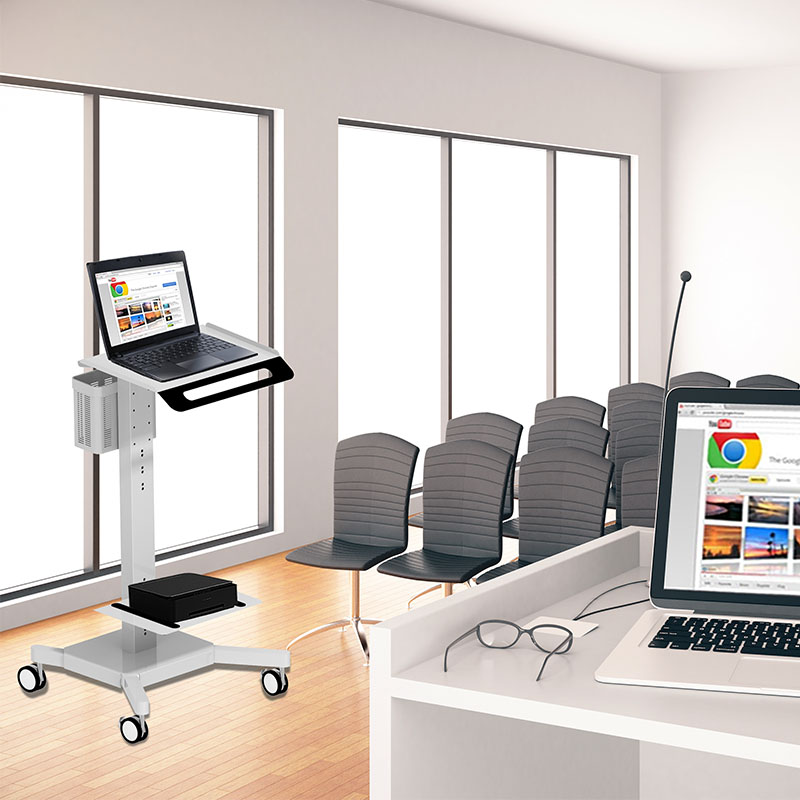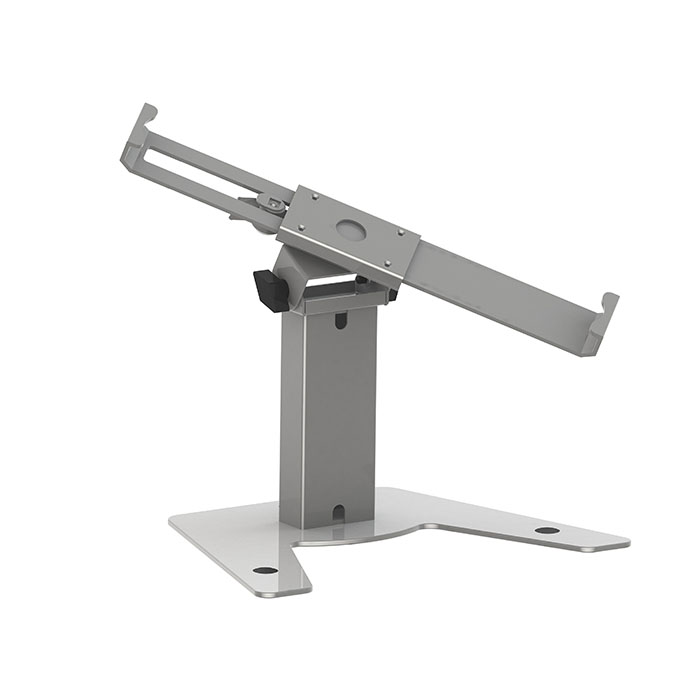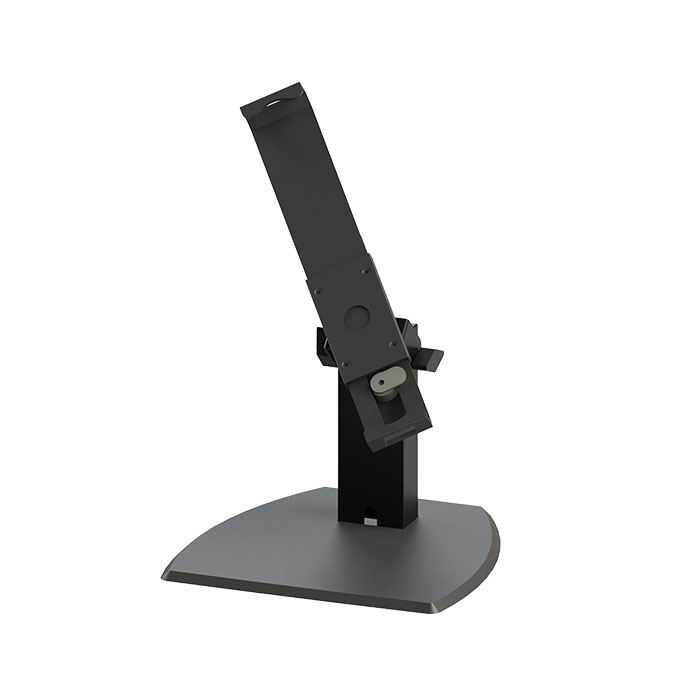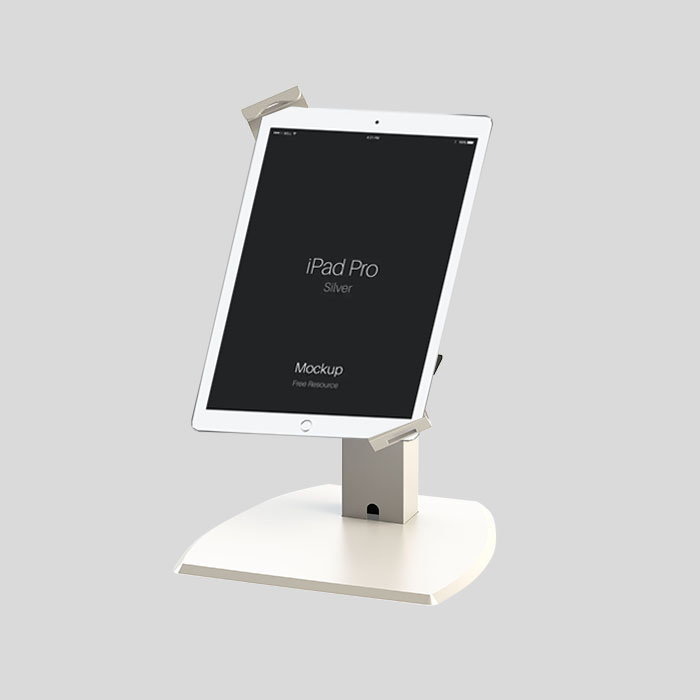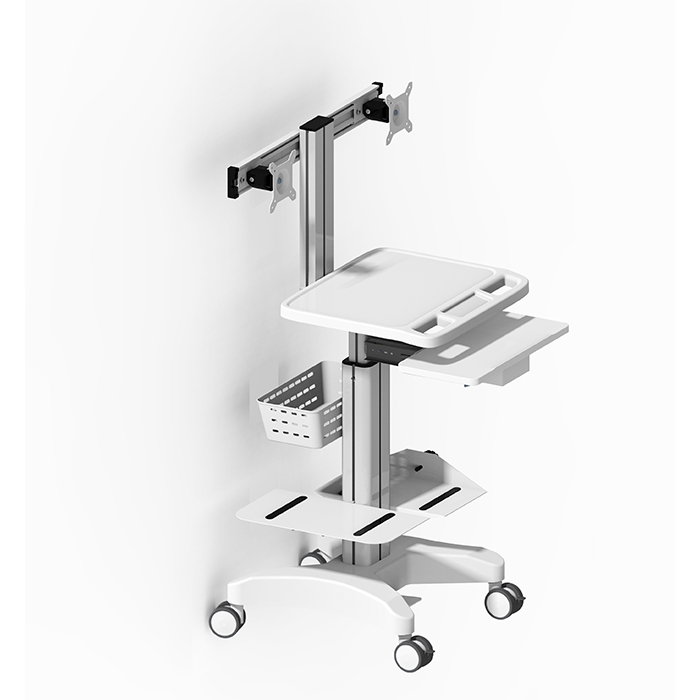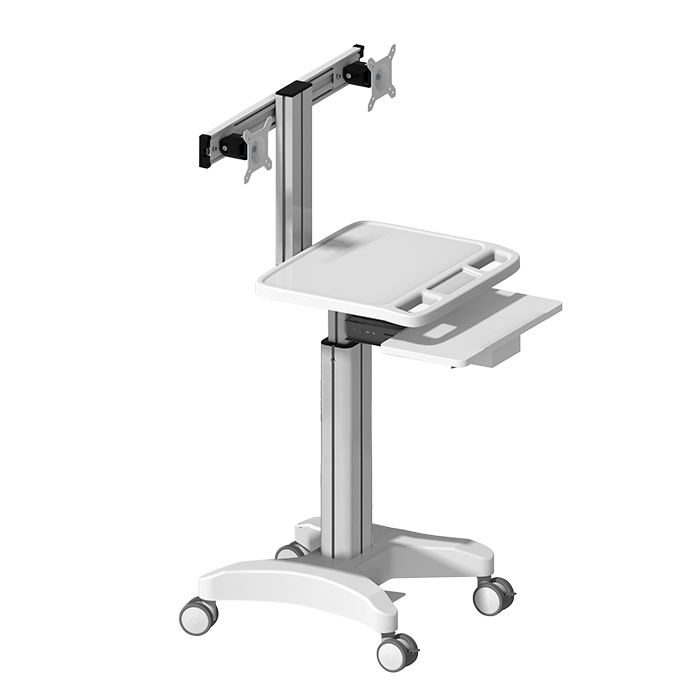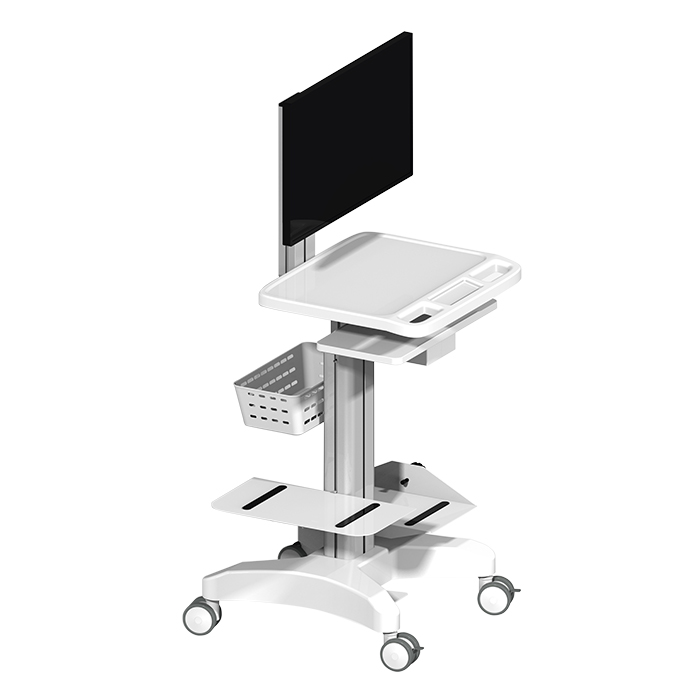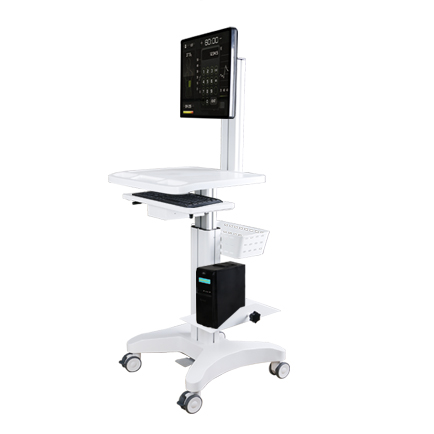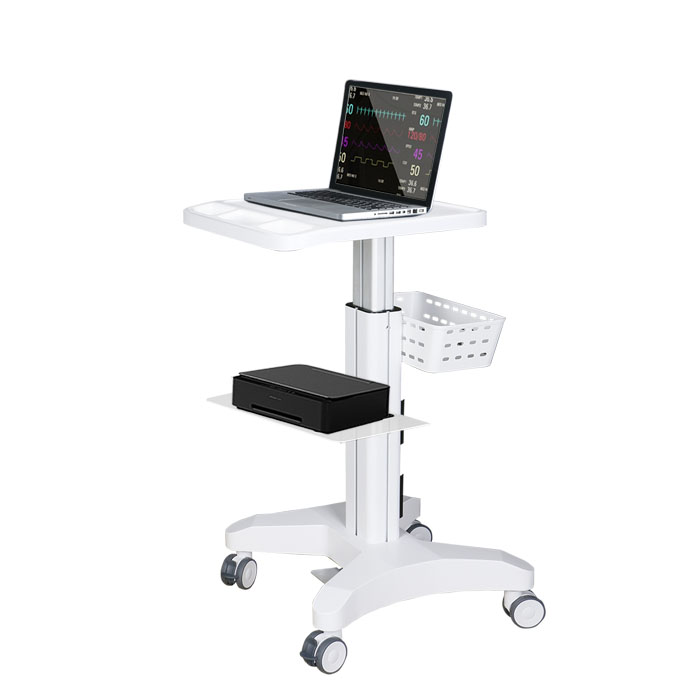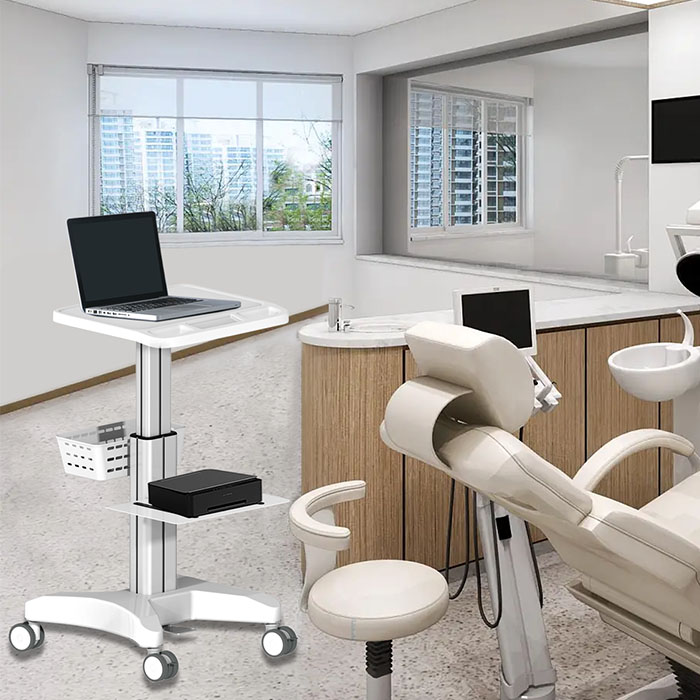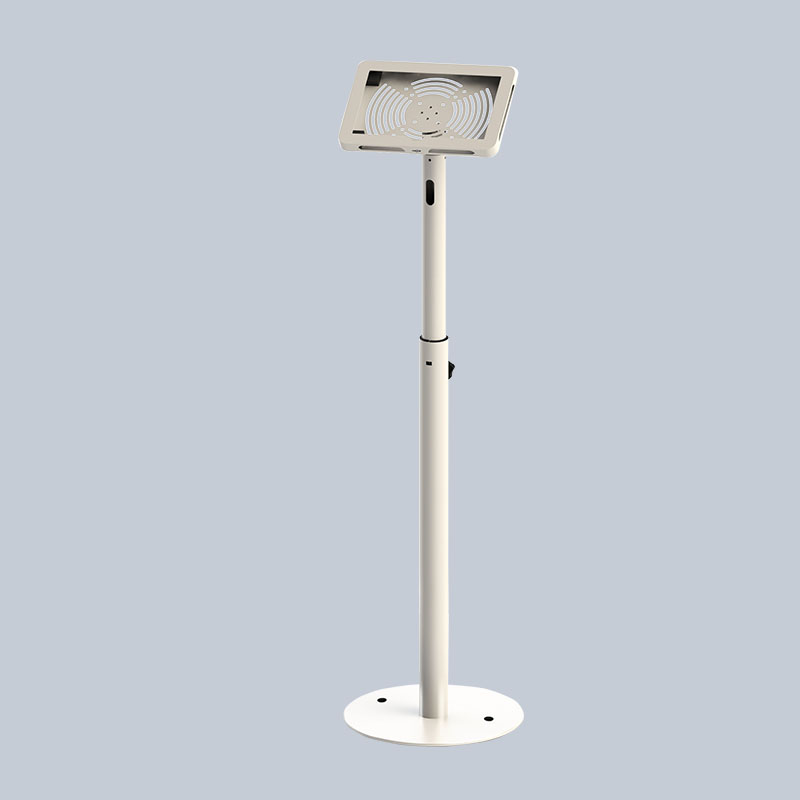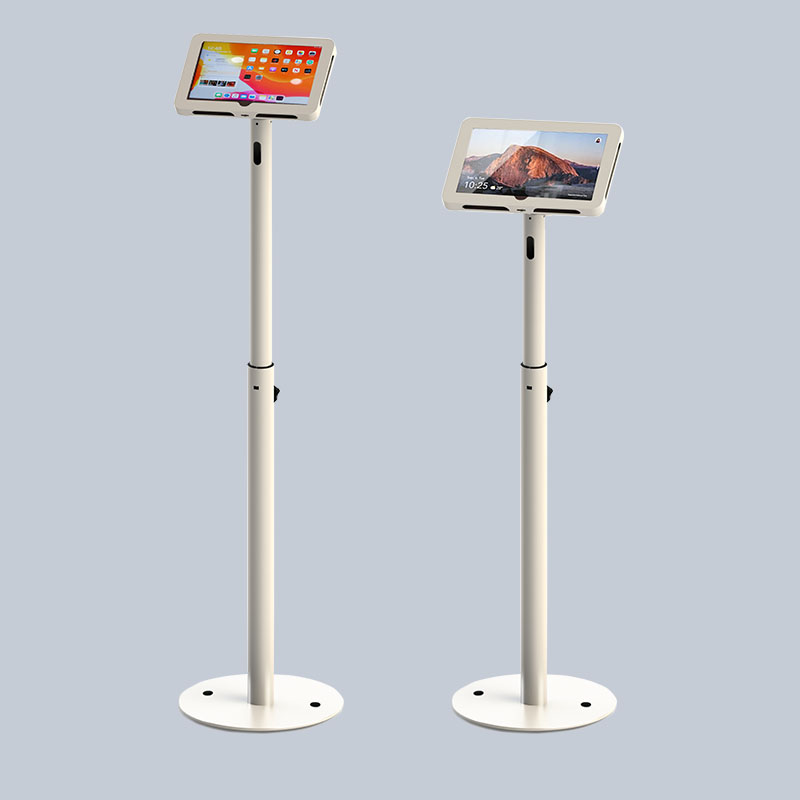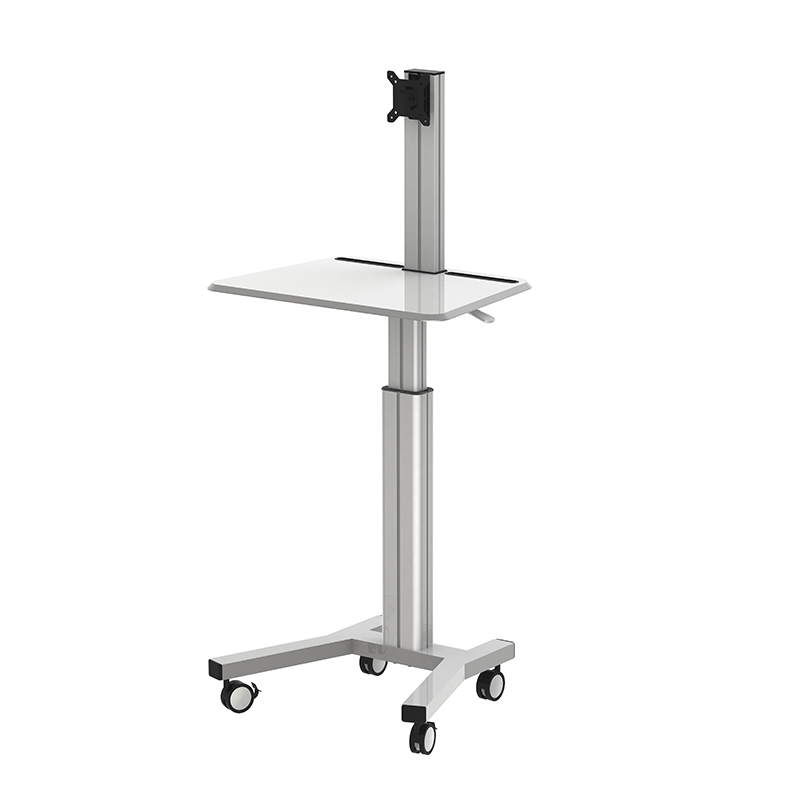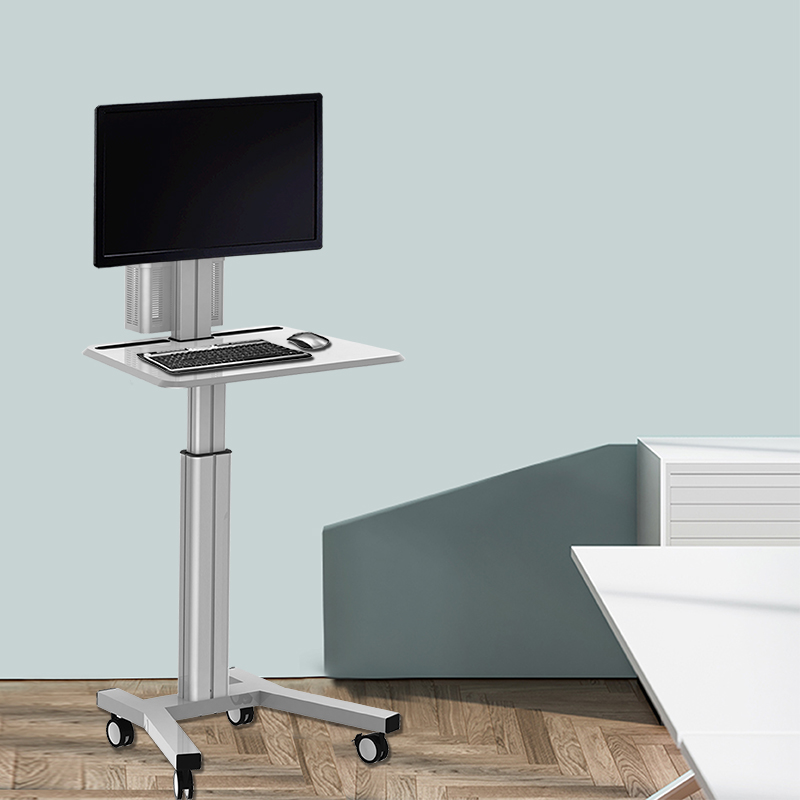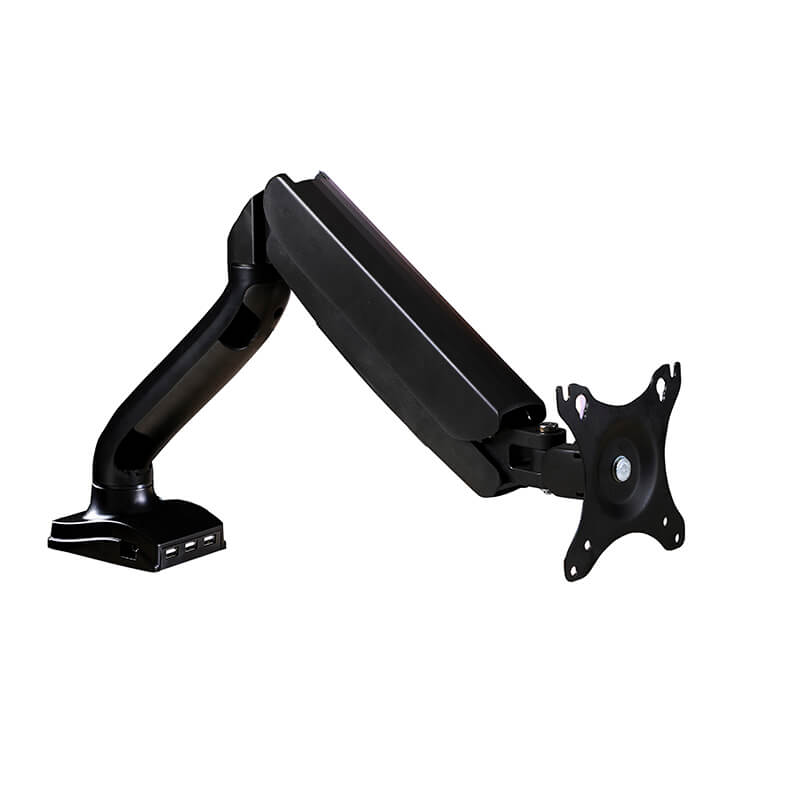The latest may Purchasing Managers' Index of manufacturing industry kept above 51% for three consecutive months, while the non-manufacturing Purchasing Managers' Index continued to rise to the second highest level in the year, indicating that the economy still maintained a steady recovery trend. However, the purchase price index and ex-factory price index of major raw materials have reached new highs in recent years, and the impact of excessive rise in raw material prices is further highlighted. According to the survey, the proportion of enterprises reflecting the high cost of raw materials rose to 64.8%, a record high.
Many indicators in the Purchasing Managers' Index show that the price index has risen to a high point in recent years, and the impact of excessive rise in raw material prices appears. According to the data, in May, the purchase price index and ex-factory price index of main raw materials were 72.8% and 60.6%, respectively, which were 5.9 and 3.3 percentage points higher than last month. From the industry situation, the two price indexes of upstream industries such as petroleum, coal and other fuels processing, ferrous metal smelting and rolling processing, non-ferrous metal smelting and rolling processing are higher than 73%, among which the ex-factory price index of ferrous metal smelting and rolling processing industry is higher than 80.0% for three consecutive months. Wen Tao, an analyst at China Logistics Information Center, said that enterprises have a strong feeling of rising raw material prices, and the proportion of enterprises reflecting high raw material costs rose by 3 percentage points from last month to 64.8%, a record high. "The prices of raw materials in the basic raw materials industry in the upstream of the industrial chain have risen sharply and passed to the middle and lower reaches. The purchase price index of basic raw materials industry is about 8 percentage points higher than the ex-factory price index, and the purchase price index of equipment manufacturing industry, high-tech manufacturing industry and consumer goods industry is more than 10 percentage points higher than the ex-factory price index, indicating that the industry cost pressure is generally rising rapidly and the profit margin is compressed. " Wen Tao said. The transmission of cost pressure is also reflected in the abbreviation of Purchasing Managers' Index in non-manufacturing industry. Among them, the input price index rose by 2.8 percentage points from last month to 57.7%, which reached a new high in the year, indicating that the pressure of excessive rise in upstream commodity prices began to be transmitted to downstream industries. According to the enterprise survey, the proportion of enterprises reflecting the high cost of raw materials rose to 22%, which also hit a new high in the year.


